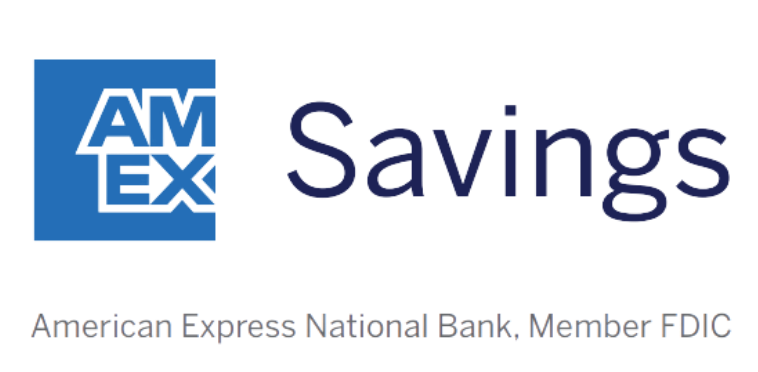Today (Sept. 18., 2024), the Federal Reserve cut the federal funds rate by 50 basis points (0.50%). While not a total shock, this Fed rate cut is larger than many people expected. Until fairly recently, the conventional wisdom among many financial experts was that the Fed was going to cut interest rates by only 25 basis points in September 2024.
Instead, the Fed decided to go big. Lower interest rates have big impacts on savings account rates, credit card interest rates, mortgage rates, and more. When money gets cheaper, it can be good news for the job market, the housing market, and the overall economy.
Let’s look at what the Fed’s recent rate cut means for your money.
Interest rates could come down faster than expected
With a 50 basis point cut to the federal funds rate, the best savings account APYs will likely soon drop by 50 basis points, too. Mortgage rates could come down more than they already have. Borrowing costs in the form of APRs on auto loans and credit cards are likely to come down too.
Our Picks for the Best High-Yield Savings Accounts of 2024
|
Capital One 360 Performance Savings 
APY 4.25%
|
APY 4.25%
|
Min. to earn $0 |
|
American Express® High Yield Savings 
APY 4.25%
|
APY 4.25%
|
Min. to earn $0 |
|
Discover® Online Savings 
|
Min. to earn $0 |
Most economic experts believe that the Fed will continue to cut interest rates. No one knows how much future interest rate cuts will be or when they will happen. But the Fed forecast shows that interest rates could come down by another 50 basis points by the end of 2024 (the Fed meets again in November and December), and by another 100 basis points (1%) in 2025.
What a 50 basis point rate cut means for your money
Some banks are already reducing APYs on savings accounts and dropping APRs on loans in response to the new federal funds rate. Here are a few quick examples of how your personal finances might change.
Lower savings account APYs
After the Fed’s rate cut, the best savings account APYs are likely to fall below 5.00%, perhaps to 4.75% APY or lower. A half a point reduction in your savings account APY means that every $1,000 of savings will earn $5 less per year.
Lower CD rates
If you already locked in a 5.00% APY on a CD before the rate cut, congratulations: you just landed a good deal, and earned some extra interest that is no longer available to other savers. Just like savings accounts, the best CD rates for newly opened CDs are also likely to go down by 50 basis points because of the Fed’s rate cut — meaning $5 less interest income for every $1,000 in a CD.
Lower APRs on mortgages
Mortgage rates were already coming down before the Fed announced its rate cut. Lower rates from the Fed will likely be reflected in mortgage rates soon. This could be good news for home buyers who have been waiting to get an affordable mortgage rate.
Lower APRs on auto loans
People with higher credit scores who are buying new cars are likely to see the biggest immediate benefits from lower interest rates on auto loans. A 50 basis point reduction on an auto loan might not make a big enough difference for used car buyers or people with lower credit scores.
But if interest rates keep coming down during the end of 2024 and into 2025, auto loans could get cheap enough to provide financial relief to many car buyers.
What the rate cut means for the U.S. economy
Is the Fed rate cut good news for the U.S. economy, or a sign of looming recession? There’s no single right answer to this question, but the general consensus from financial industry commentators that I’ve been reading today seems to be that the Fed is trying to protect the economy (and promote job growth) by cutting interest rates by 50 basis points instead of only 25 basis points.
Here are a few big picture takeaways from the Fed’s interest rate cut.
Inflation is “over” (enough) for now
Ever since it started raising the federal funds rate in 2022, the Fed has been battling inflation, trying to restrict the flow of money into the economy so consumer prices would stabilize. Although inflation is not “finished,” the latest inflation numbers showed that August 2024 inflation (as measured by the Consumer Price Index) was 2.5% year-over-year. That’s pretty close to the Fed’s inflation target of 2%, so the Fed felt confident to cut interest rates.
The Fed wants to support job creation
The Fed has two goals in setting interest rates: achieve 2% inflation and maximum employment. If the economy gets overheated, inflation gets too high. But if the economy slows down too much, people lose their jobs. The Fed ideally wants to strike the right balance.
Although the U.S. unemployment rate is only 4.2%, in the past few months, it has ticked up slightly. And some recent job creation stats have been revised downward — 818,000 fewer jobs were created in April 2023-March 2024 than was first reported.
If the job market is slowing down, it puts more pressure on the Fed to cut interest rates. Lower interest rates can help stimulate the economy, pump more money into the economy, and encourage businesses to borrow, invest, and hire.
Bottom line
A 50 basis point rate cut by the Fed will make an immediate difference to your savings account, mortgage rates, and other parts of your financial life. Ideally, lower interest rates can also be the start of more job growth, lower borrowing costs, and a more prosperous economy.
